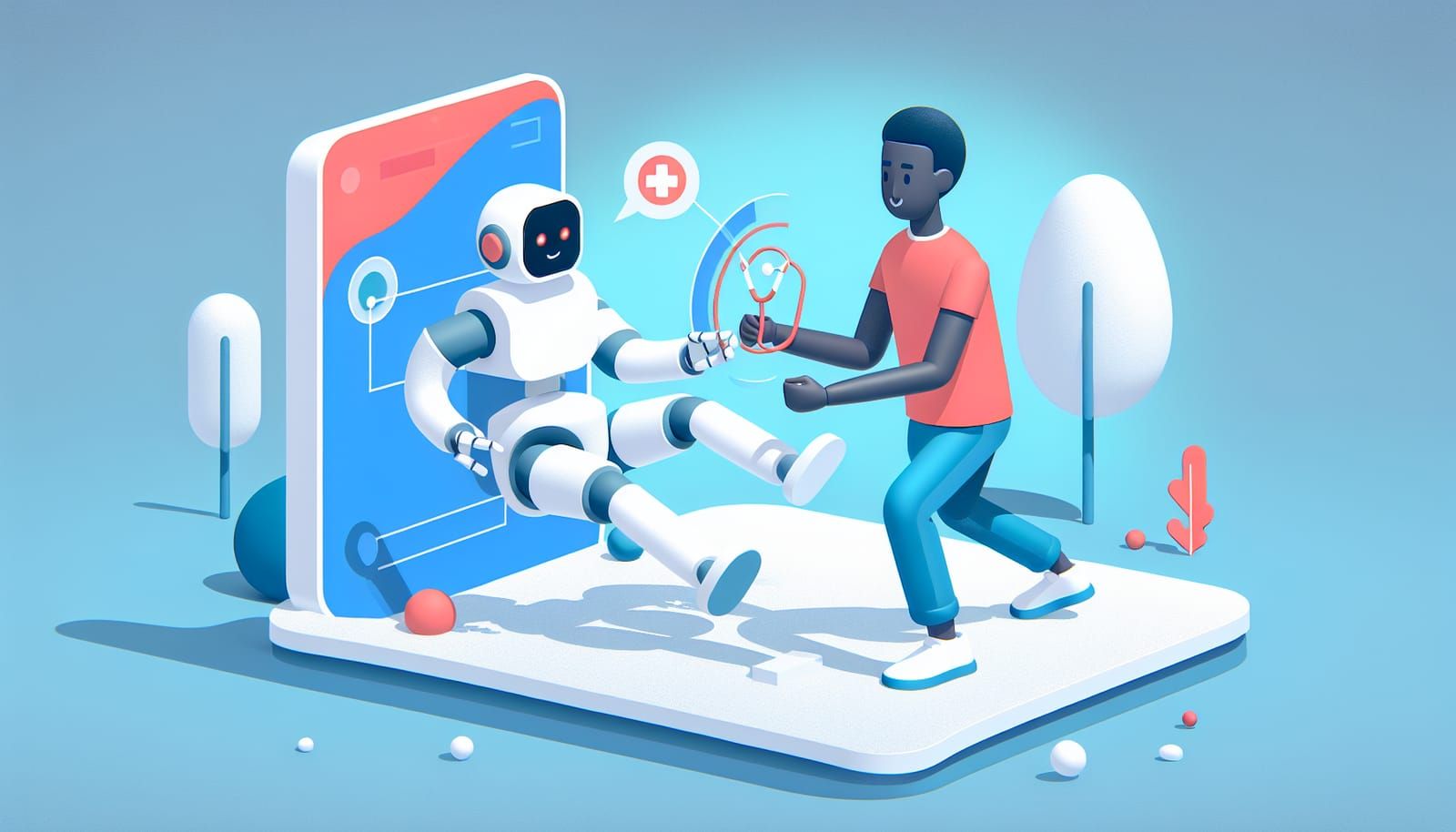As snowflakes dance down from the sky, blanketing the world in a shimmering white coat, the thought of driving becomes a bit more daunting. While many of us feel a sense of wonder and excitement at the beauty of snow, the reality of navigating through a snowstorm can be quite challenging. But what if there was a way to make driving in these tricky conditions safer and easier? Enter Artificial Intelligence (AI). Today, we’ll explore whether we can trust AI to drive in a snowstorm and what that means for the future of transportation.
Understanding AI in Transportation
Artificial Intelligence is more than just a buzzword; it's a technology that allows machines to learn from experience, adapt to new inputs, and perform tasks that would typically require human intelligence. In the context of transportation, AI plays a crucial role in the development of self-driving cars. These vehicles use a combination of sensors, cameras, and advanced algorithms to understand their environment and make decisions on the road.
Imagine a car that can "see" the road, detect obstacles, and even understand weather conditions. This is the magic of AI! But can it handle driving in a snowstorm, with reduced visibility and slippery roads?
The Challenges of Driving in Snow
Driving in snowy conditions comes with its own set of challenges. Reduced visibility, slippery roads, and unpredictable weather can make even the most experienced drivers nervous. For AI to effectively navigate in these situations, it must overcome several obstacles:
Limited Visibility: Snow can obscure road signs, lane markings, and even other vehicles. For an AI system to drive safely, it needs to accurately interpret its surroundings despite these limitations.
Traction Control: Slippery roads can cause vehicles to skid. AI must be able to gauge road conditions and adjust its driving behavior accordingly, such as slowing down or applying brakes gently to maintain control.
Decision-Making: In a snowstorm, unexpected situations can arise, such as a car stuck in the snow or a pedestrian crossing the road. AI needs to make quick and safe decisions in real-time.
How AI is Being Developed for Snowy Conditions
Researchers and engineers are actively working on improving AI systems to function better in challenging weather conditions. For instance, many modern self-driving cars are equipped with technology that allows them to “see” in the snow. This includes:
Lidar Sensors: These sensors use lasers to measure distances and create a 3D map of the environment, even when visibility is poor.
Advanced Camera Systems: Cameras with enhanced night vision and thermal imaging can help detect objects that might otherwise be hidden by snow.
Machine Learning: AI systems are continuously learning from millions of driving scenarios, improving their decision-making capabilities in various weather conditions.
Real-World Applications and Testing
Many companies are testing their self-driving cars in snowy environments to ensure safety and reliability. For example, companies like Waymo and Tesla have been on the forefront of developing AI for autonomous vehicles. By sending their cars out to navigate through adverse weather conditions, they can gather crucial data that helps improve their systems.
These tests are not just about driving; they also include simulations where AI encounters various scenarios, like sudden snow accumulation or a car losing control. The goal is to prepare the AI to respond seamlessly, just like a human driver would.
The Future of AI and Winter Driving
As AI technology continues to evolve, we may soon reach a point where we can fully trust AI to drive through snowstorms. However, it’s essential to remember that technology is not infallible. While AI can significantly improve safety and efficiency on the roads, human oversight will still play a crucial role, especially in unpredictable conditions.
Imagine a future where self-driving cars can confidently take you home during a snowy night, allowing you to relax and enjoy the ride. We could even see AI collaborating with human drivers, providing real-time updates about road conditions and suggesting safer routes.
Trusting AI: A Collective Responsibility
While the potential for AI in driving is promising, it’s essential for developers, regulators, and society to work together to establish trust in this technology. This involves rigorous testing, transparency in how AI systems make decisions, and education for users on how to interact with autonomous vehicles.
As we embrace this exciting future, it's crucial to approach AI with a balanced perspective. Trusting AI to drive in a snowstorm is not just about the technology itself, but also about how we understand and utilize it.
Conclusion: The Icy Road Ahead
Driving in a snowstorm can be daunting, but AI holds the potential to make it safer and more manageable. With advancements in technology, we may soon see self-driving cars confidently navigating through snow, enhancing our travel experience while keeping us safe.
As we step into this brave new world of AI-assisted driving, let’s remain curious and engaged. The journey to trusting AI in challenging conditions will require collaboration, innovation, and a commitment to safety. Together, we can pave the way for a future where technology not only serves us but also enhances our adventures—no matter the weather!
Whether you're curious about self-driving technology or simply want to know more about AI's capabilities, remember: the future of transportation is here, and it’s as exciting as a snowy adventure waiting to unfold!


